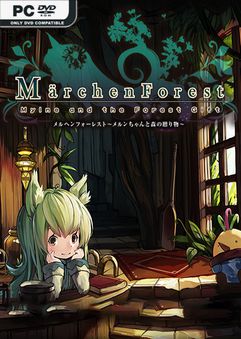


Even their final version in the 7th edition (1857) remains unclear about her role, for it refers to the woodcutter's wife twice as "the mother" and once as "the stepmother". The Brothers Grimm indeed introduced the word "stepmother", but retained "mother" in some passages. In the original edition of the tale, the woodcutter's wife is the children's biological mother, but she was also called "stepmother" from the 4th edition (1840). Märchenbrunnen, Berlin.įrom the pre-publication manuscript of 1810 ( Das Brüderchen und das Schwesterchen) to the sixth edition of Kinder- und Hausmärchen ( Grimm's Fairy Tales) in 1850, the Brothers Grimm made several alterations to the story, which progressively gained in length, psychological motivation, and visual imagery, but also became more Christian in tone, shifting the blame for abandonment from a mother to a stepmother associated with the witch. Sculpture of Hansel on the duck by Ignatius Taschner. A house made of confectionery is also found in a 14th-century manuscript about the Land of Cockayne. Scholar Christine Goldberg argues that the episode of the paths marked with stones and crumbs, already found in the French " Finette Cendron" and " Hop-o'-My-Thumb" (1697), represents "an elaboration of the motif of the thread that Ariadne gives Theseus to use to get out of the Minoan labyrinth". Shortly after this period, close written variants like Martin Montanus' Garten Gesellschaft (1590) began to appear. A handwritten note in the Grimms' personal copy of the first edition reveals that in 1813 Wild contributed to the children's verse answer to the witch, "The wind, the wind,/ The heavenly child," which rhymes in German: "Der Wind, der Wind,/ Das himmlische Kind." Īccording to folklorist Jack Zipes, the tale emerged in the Late Middle Ages Germany (1250–1500). Origin Sources Īlthough Jacob and Wilhelm Grimm credited "various tales from Hesse" (the region where they lived) as their source, scholars have argued that the brothers heard the story in 1809 from the family of Wilhelm's friend and future wife, Dortchen Wild, and partly from other sources. Set in medieval Germany, "Hansel and Gretel" has been adapted into various media, including the opera Hänsel und Gretel by Engelbert Humperdinck, which was first performed in 1893. However, Gretel saves her brother by pushing the witch into her own oven, killing her, and escaping with the witch's treasure. The witch, who has cannibalistic intentions, intends to fatten Hansel before eventually eating him. Hansel and Gretel are siblings who are abandoned in a forest and fall into the hands of a witch who lives in a gingerbread, cake, and candy house. It is also known as Little Step Brother and Little Step Sister. ˈ ɡ r ɛ t əl/ German: Hänsel und Gretel ) is a German fairy tale collected by the Brothers Grimm and published in 1812 as part of Grimm's Fairy Tales (KHM 15). " Hansel and Gretel" ( / ˈ h æ n s əl, ˈ h ɛ n- . Kinder- und Hausmärchen, by the Brothers Grimm The witch welcomes Hansel and Gretel into her hut.


 0 kommentar(er)
0 kommentar(er)
